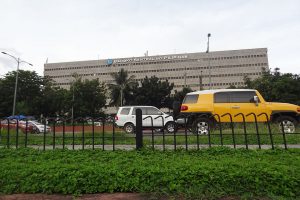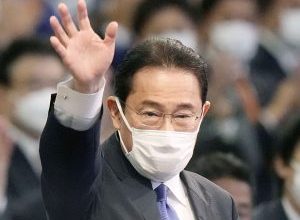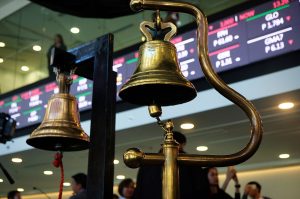Yields on term deposits go down

YIELDS on the central bank’s term deposits went down further on Wednesday as global fuel prices declined and as the peso has returned to the P55 level this week.
The term deposit facility (TDF) of the Bangko Sentral ng Pilipinas (BSP) fetched bids amounting to P281.481 billion on Wednesday, below the P300-billion offering and the P329.972 billion seen a week ago.
Broken down, tenders for the seven-day papers reached P149.549 billion, below the P170 billion auctioned off by the central bank and the P184.251 billion in bids seen the previous week.
Banks asked for yields ranging from 6.4% to 6.62%, narrower than the 6.3% to 6.6288% band seen a week ago. This caused the average rate of the one-week deposits to decrease by 0.04 basis point (bp) to 6.5898% from 6.5902% previously.
Meanwhile, bids for the 14-day term deposits amounted to P131.932 billion, a tad higher than the P130-billion offering but down from the P145.721 billion in tenders seen on April 19.
Accepted rates for the tenor were from 6.54% to 6.645%, slimmer than the 6.5% to 6.64% margin seen a week ago. With this, the average rate for the two-week deposits slipped by 0.58 bp to 6.6095% from 6.6153% logged in the prior auction.
The BSP bank has not auctioned off 28-day term deposits for more than two years to give way to its weekly offerings of securities with the same tenor.
The term deposits and the 28-day bills are used by the BSP to mop up excess liquidity in the financial system and to better guide market rates.
“The results of today’s TDF auction reflected the anticipated lower liquidity this week as eligible counterparties allocated funds for tax remittances, loan availments and month-end client requirements. Nevertheless, financial system liquidity remains ample,” BSP Deputy Governor Francisco G. Dakila, Jr. said in a statement on Wednesday.
Term deposit yields went down due to the downtrend in global oil prices which could lead to lower local pump prices and ease inflation worries, Rizal Commercial Banking Corp. Chief Economist Michael L. Ricafort said in a Viber message.
Oil dropped 2% to its lowest this month on Tuesday after two sessions of gains amid deepening concerns of an economic slowdown, Reuters reported.
Brent crude fell by $1.96 or 2.4% to settle at $80.77 per barrel, its lowest close since March 31, before the Organization of the Petroleum Exporting Countries and its allies announced plans to cut production. US West Texas Intermediate (WTI) crude dropped $1.69 or 2.2% to close at $77.07, also its lowest this month.
However, oil futures rose early on Wednesday amid robust demand. Brent crude climbed by 30 cents or 0.4% to $81.07 a barrel while US WTI crude gained 39 cents or 0.5% to $77.46 a barrel.
Market players are tracking the peso’s rebound against the dollar, which could help ease inflationary pressures as well, Mr. Ricafort said.
The peso hit the P56-per-dollar level last week amid recession fears, but has since returned to the P55 range.
Philippine headline inflation eased to 7.6% in March from 8.6% in February. For the first quarter, inflation averaged 8.3%, higher than the central bank’s forecast of 6% and 2-4% target for the year.
BSP Governor Felipe M. Medalla earlier said that if inflation slows further in April, the Monetary Board may opt to keep rates on hold at its next meeting on May 18.
On Wednesday, Mr. Medalla said the BSP may match the US Federal Reserve’s future rate hikes as Philippine inflation is seen to return within its target range by the end of the year.
“If inflation will fall down to 3% [by the end of the year], how can you justify an interest of 6.25%? From that point of view, we should at least not match the Fed. Even if they raise theirs, we may not have to raise ours,” Mr. Medalla said in mixed English and Filipino.
“Now, will that cause an overly weak peso? Maybe not, because the markets know we have more than enough reserves,” he said, adding that the central bank can participate in the foreign exchange market to mitigate volatility from a strong dollar.
The BSP has raised borrowing costs by a total of 425 bps since May 2022, with its policy rate now at to 6.25%, the highest in nearly 16 years or since the 7.5% print in May 2007.
Meanwhile, the US central bank has hiked rates by 475 bps since March 2022, with the fed funds rate now at 4.75-5%. It is set to discuss policy on May 2-3. — Keisha B. Ta-asan




